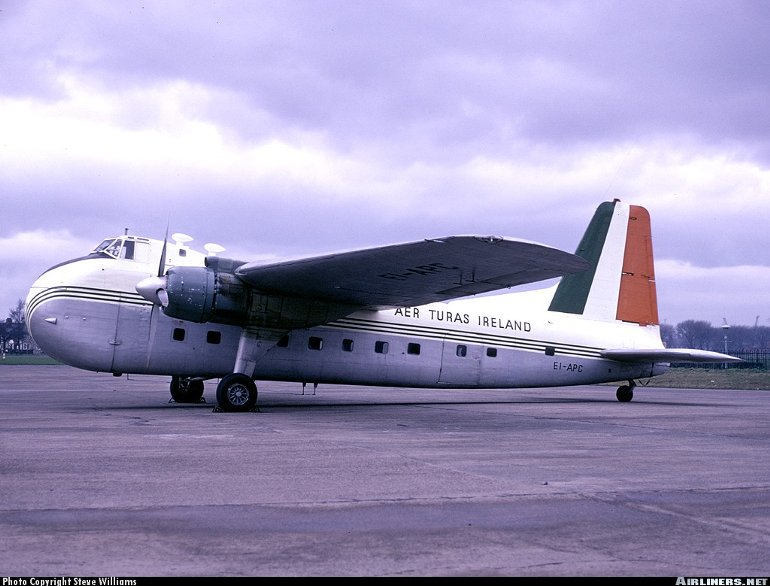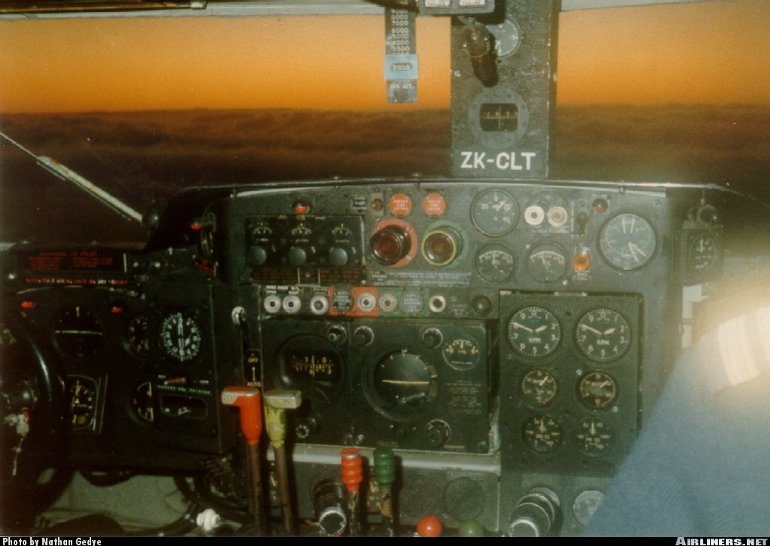Aircraft Technical Data
Bristol 170 Freighter


| Details | |
| Country of Origin | United Kingdom |
| Type | Short range freighter/utility transport |
| History | Design of the Bristol Freighter began in 1944 in anticipation of demand for a rugged airliner and freighter once WW2 was over, plus potential military requirements. Bristol's Type 170 started out as a private venture design and was developed under the leadership of technical director L G Frise (who also designed the Frise aileron). Design features of the 170 include its slab sided fuselage, fixed taildragger undercarriage, clamshell style nose doors, raised flightdeck, and a relatively large wing of two spar construction with swept back leading edge and straight trailing edge. As originally proposed the 170 was to be powered by improved sleeve valve Bristol Perseus radials. The 170 soon caught the British Air Staff's attention which considered the design well suited for use in the India-Burma theatre carrying supplies and vehicles to jungle strips. Two prototypes were ordered with a slightly enlarged fuselage and more powerful Hercules 630 radials. The 170 made its first flight from Filton on December 2 1945 and while it was too late to be ordered into production for military service in WW2 the type's potential had been demonstrated. The second prototype, configured in 32 seat Wayfarer airliner form (without the nose freight doors) flew the following April. Civil certification was granted in June 1946. Early production was of the Mk1 Freighter and Mk2 Wayfarer. The Mk11 (later the Mk21) was unveiled at the 1947 SBAC airshow and introduced rounded wingtips and more powerful Hercules 672 engines, allowing an increase in gross weight of 1360kg (3000lb). The Mk31 introduced more powerful engines and remained in production until 1950. The final 170 model is the Mk32, developed at the request of Silver City Airways. The Mk32 featured a lengthened nose which allowed it to carry three cars, rather than two, in a car ferry configuration. The last flight of a Bristol 170 was made on September 6 2004, when Hawkair Aviation ferried C-GYQS to the Reynolds Alberta Museum in Wetaskiwin, Alberta, Canada. |
| Powerplants | Mk31 - Two 1475kW (1980hp) Bristol Hercules 734 14-cylinder sleeve valve radial piston engines driving four blade propellers |
| Performance | Mk31 - Max cruising speed 311km/h (168kt) at 10,000ft, economical cruising speed 262km/h (141kt). Range with max payload 1320km (715nm), range with max fuel 2785km (1505nm). |
| Weights | Mk31 - Empty 12,247kg (27,000lb), max takeoff 19,958kg (44,000lb). |
| Dimensions | Mk31 - Wing span 32.92m (108ft 0in), length 20.83m (68ft 4in), height 6.56m (21ft 6in). Wing area 138.0m2 (1487sq ft). |
| Capacity | Mk31 - Payload of 5670kg (12,500lb), or alternatively seating for 15 to 23 passengers, depending on configuration. Mk32 - could seat up to 60 passengers. |
| Production | Total Bristol 170 production 214 aircraft. In late 1998 one example was in commercial service in Canada with Hawkair Aviation Services in British Colombia who was restoring a second machine. |
| Related Links | Bristol 170 Freighter |
The backbone of this section is from the The International Directory of Civil Aircraft by Gerard Frawley and used with permission. To get your own copy of the book click here. |
|








